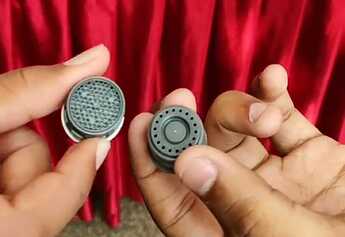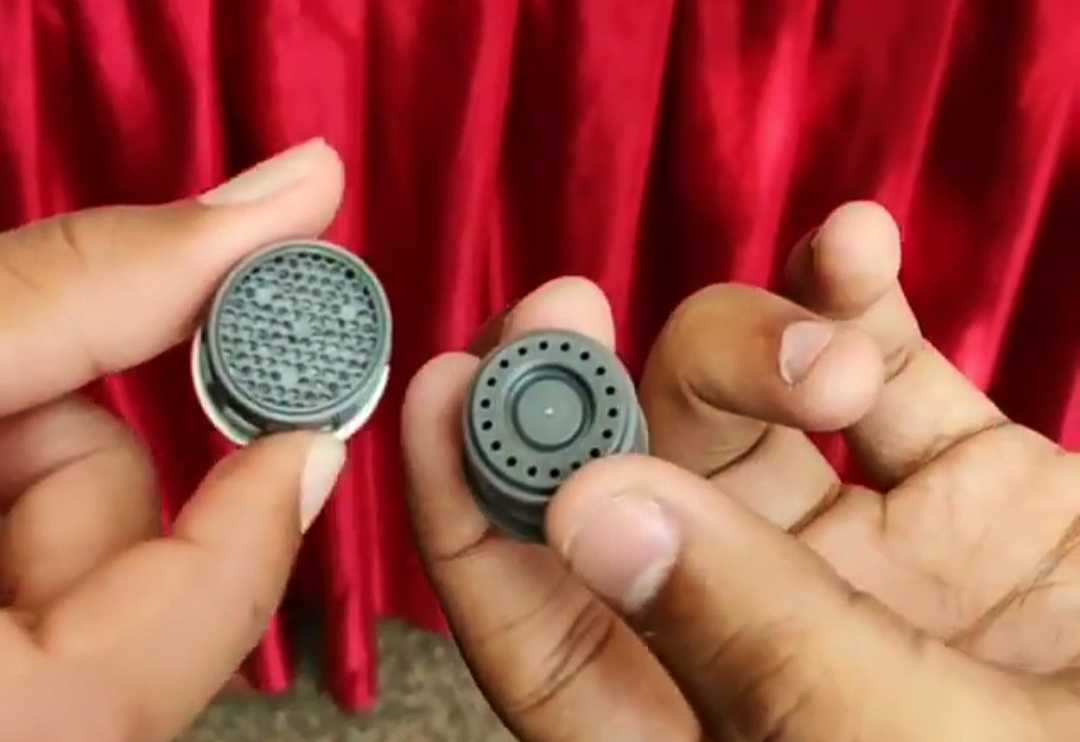In the face of annual summer droughts across India, especially in South Indian cities like Chennai, where water scarcity is a pressing issue, the story of 22 proactive students from DAV, Chennai, stands out. They implemented a simple, impactful change—installing tap aerators—to potentially save up to 9,00,000 litres of water.
What are Tap Aerators?
Tap aerators function as faucet flow regulators, diminishing the rate at which water flows from taps. They’re tailored for various tap types and serve to prevent water splashing, operating at varying levels of efficiency. Their installation can significantly cut water flow rates by approximately 40%!
Amidst the city’s water crisis, exacerbated by poor monsoons and water scarcity, the students took charge to make a difference.
Partnering with Reap Benefit’s Chennai team, they launched the ‘Save Water Campaign’ by installing aerators—a small but impactful change. The Solve Ninjas began in their homes and neighbourhood, focusing on installing water aerators to conserve water.
Here’s a streamlined breakdown of their five-step process:
1. Identify your tap type: Start by identifying the type of tap installed in your home. Different taps require specific aerators, available at most hardware stores.
2. Measure tap flow rate: No need for complex calculations! Use an empty 1-litre bottle to measure flow rate. Open the tap at full speed and time how long it takes to fill the bottle. This simple method reveals your tap’s flow rate.
3. Install the aerator: Securely screw in the aerator according to its threading and direction. Ensure it’s tightly fixed to withstand high water flow without dislodging.
4. Recalculate flow rate: Repeat the bottle filling process from step 2. Measure the time taken to fill the bottle. Prepare to be amazed by the difference!
5. Calculate impact: Compare the time taken before and after installing the aerator. For instance, if previously it took 6 seconds to fill a 1-litre bottle and now it takes 12 seconds, it means you’ve reduced water flow by half. This translates to significant water savings: before, 10 litres flowed in a minute, but with the aerator, only 5 litres do.
Visualising the data and information helps convey the change to people easily and convince them to make the switch to tap aerators.
Water Savings - Per Person
Assuming a tap is used for 30 minutes in a day per person this can save:
- 115.8 litres per day
- 3,474 litres per month
- 41,688 litres per year
Water Savings - Collectively
Assuming a tap is used for 30 minutes of in a day as a collective group our 22 students, this can save:
- 2547.6 litres per day
- 76,428 litres per month
- 9,17,136 litres per year
Impact:
The Chennai Solve Ninjas collectively made an impactful difference. As a group, they saved 85.21 litres/minute. On average, they saved 3.86 litres/minute per person. Assuming 30 minutes of tap usage daily, per person, this amounts to substantial annual savings: 9,17,136 litres!
Their efforts transformed these areas into Efficient Water Usage Zones, mapped on their visualisation platform for local civic and environmental data, accessible here: Samaajdata Platform. Through their collective action, these youth not only conserved water but also set an inspiring example for others to follow.
What could 9 lakh litres of water achieve?
That volume of water could sustain an individual for about 821 years in terms of drinking needs, provide for approximately 45,000 baths, or hydrate cricket pitches 15 times each IPL season. Moreover, it could facilitate the production of 50 kilograms of beef, 160 kilograms of pork, 810 kilograms of corn, 322 kilograms of rice, or 544 kilograms of wheat. Most significantly, it could nourish a family of six for an entire year!
Joining this initiative is as simple as installing a tap aerator today.

